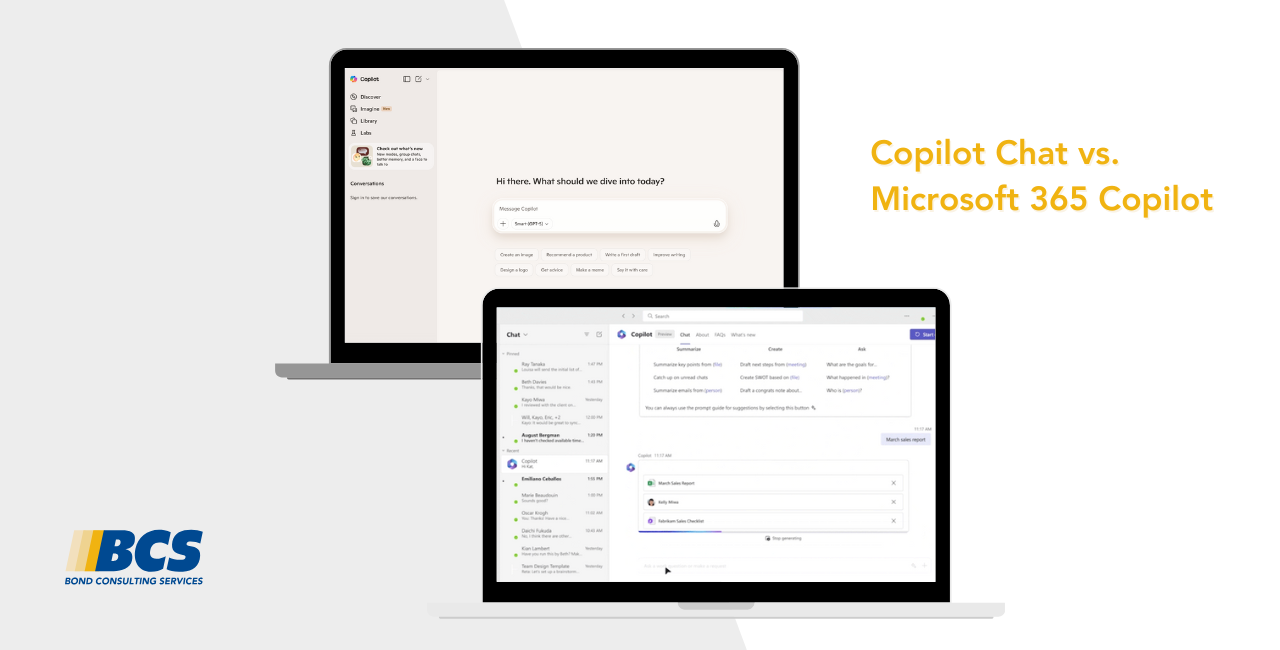Business Central Wave 2 of 2023 (version 23) released a new functionality to allocate expenses and simplify invoice data entry: Allocation Accounts.
Allocation Accounts lets you define expense or revenue allocation on distribution criteria that could be fixed or variable and that you can use in sales and purchase documents or general journals.
For example, for fixed allocation of Office Supplies expenses, you can distribute costs based on the headcount or share and assign each Department or Section a portion of the total amount. For this, you define as many lines as needed for each Department/Section and indicate the headcount.
Define Allocation Accounts
Fixed Allocations:
Use this method to allocate a set percentage to each line.
- Use the global search to search Allocation Accounts and open the suggested link.
- Click on +New to define a new Allocation Account.
- Enter the No. and Description. The No. could be the G/L Account you want to allocate, or a text indicating what it is, or it could be an unrelated code.
- Select if the Account Type is Fixed or Variable. For this example, we are going to use Fixed.
- In the lines, select whether it is a G/L Account, a Bank Account, or if the account should be inherited from the parent. For this example, we are going to use G/L Account.
- Enter the expense or revenue G/L Account; Business Central will populate the Description.
- Select the Department Code (or criteria for the subdivision). You might need to add it to the form if it is not visible. Use the Dimension button to assign a value.
- And lastly, enter the Share; the Share could be a weighted value, the headcount, or any other value that will help you distribute the expense or revenue. The Percent column is not editable; Business Central adjusts the value as you type a value in the Share field.
Define as many Allocation Accounts as needed.
Variable Allocations:
Use this method to allocate a variable percentage to each line based on values that change over time.
- Use the global search to search Allocation Accounts and open the suggested link.
- Click on +New to define a new Allocation Account.
- Enter the No. and Description. The No. could be the G/L Account you want to allocate, or a text indicating what it is, or it could be an unrelated code.
- Select if the Account Type is Fixed or Variable. For this example, we are going to use Variable.
- In the lines, select whether the destination account type is a G/L account or a bank account or if the account should be inherited from the parent. For this example, we are going to use G/L Account.
- Enter the destination G/L Account number; Business Central will populate the name.
- Select Statistical Account in Breakdown Account Type. For this example, we are using the Head Count Statistical Account that has a different value per Department Code.
- Enter the Statistical Account number; Business Central will populate the name.
- In the Calculation Period, select the Period used to distribute the allocation. For this example, we are going to use Balance at Date.
- Select the Breakdown Account Balance Filters to assign a Dimension Value to filter by.
Test Amounts Distribution
To see how the amounts are distributed, use the Test Allocation button. Enter the amount to distribute in the Amount to Allocate field and the Posting Date field.
Posting Transactions with Allocation Accounts
The new Account Type, “Allocation Account,” has been added to Sales and Purchase documents and several Journals, which could be defined with the same number as the G/L Account or any value that makes sense. Instead of entering the G/L Account and X number of lines to distribute the cost, you select the Allocation Account Type and the Account No. The amount will be automatically distributed to the departments defined on the Allocation Account page.


You can also find information on Business Central and other Dynamics 365 products on our YouTube channel.














